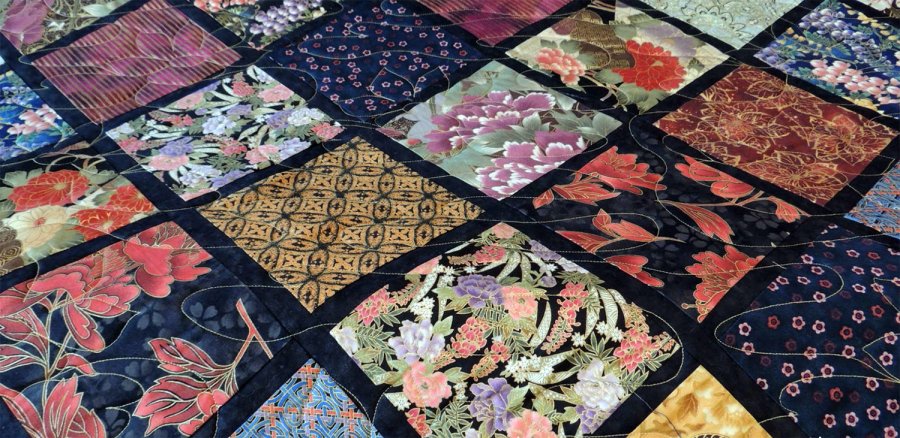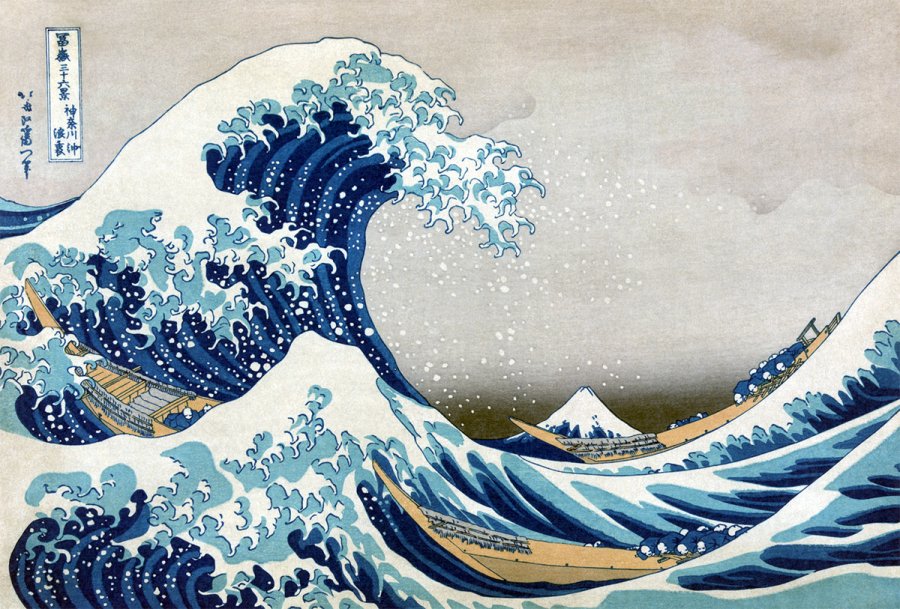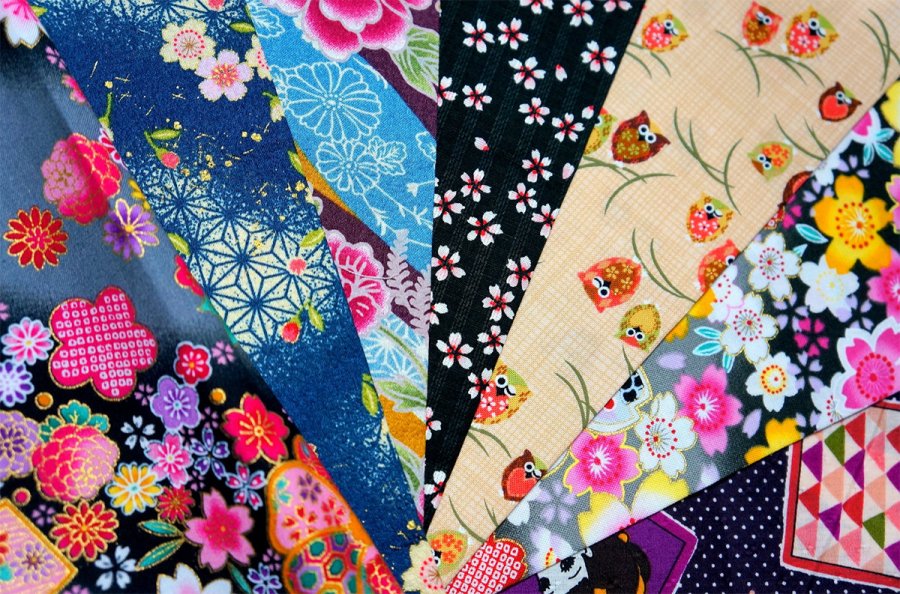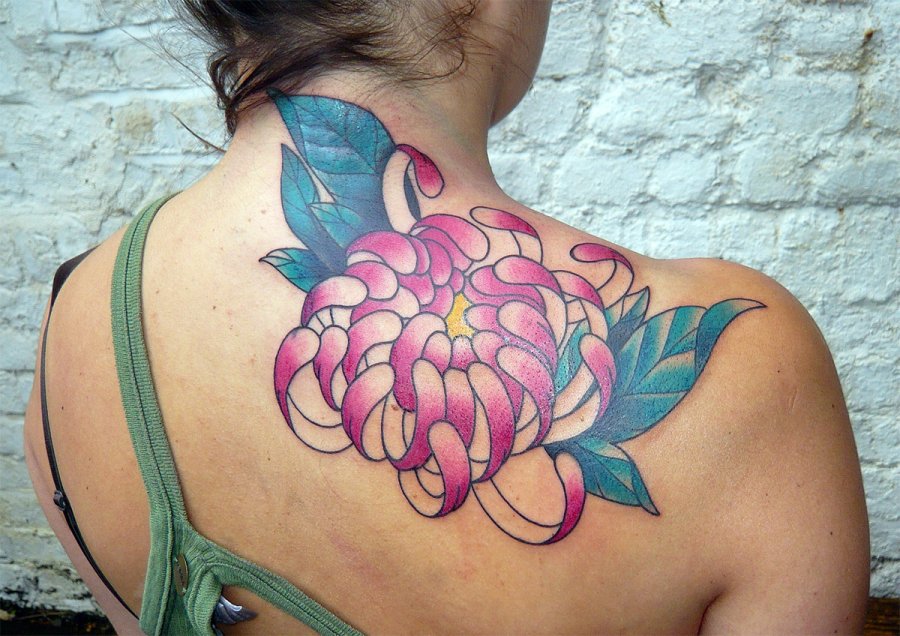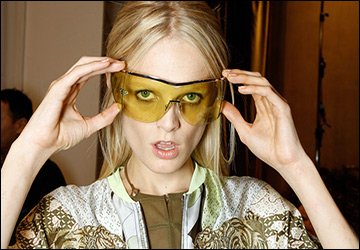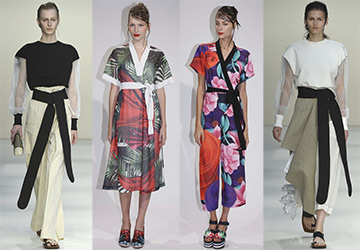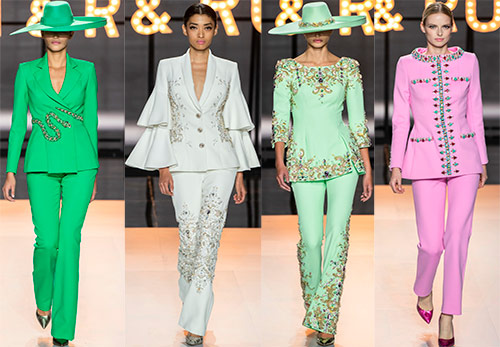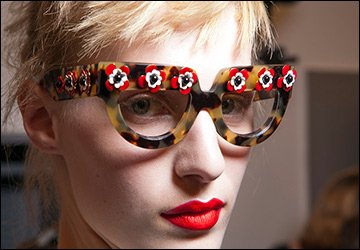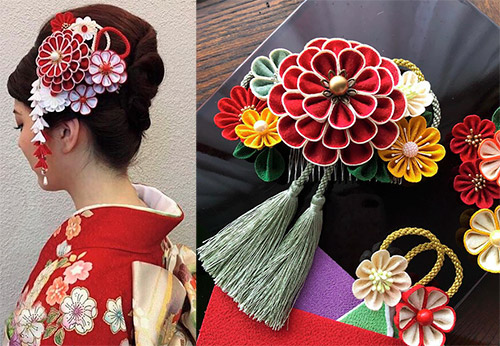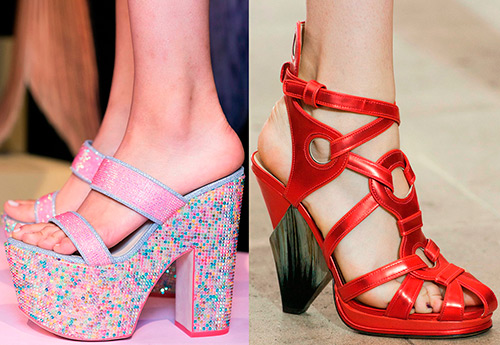Style
Japanese clothing style
In the spring-summer 2024 season, the craving for ethnic prints, elements of national costumes, or even for some specific folk style, including Japanese, is especially noticeable. Apparently all this is not without reason. After all, a person always strives for living nature, for naturalness and simplicity. And where is it possible to find all this, no matter how in the folk style. Interest in the East in fashion has arisen more than once. Although, was it only the fashion of the East that attracted the attention of Europeans, and eastern cooking, eastern philosophy, martial arts? ...
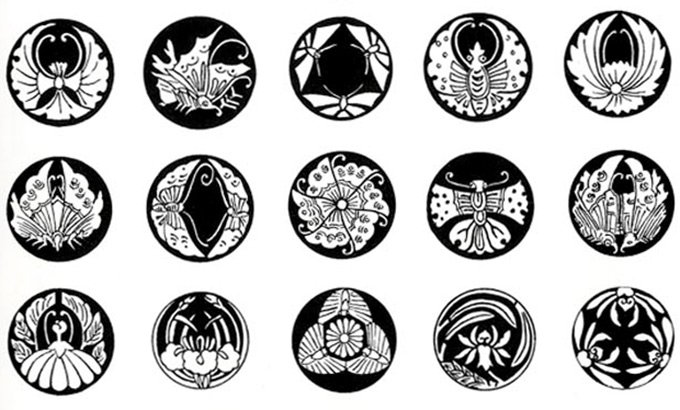
And so, again we turn to the East ...
Japan has become one of the key trends in the new season. Satin, tops, embroidery reminiscent of painting on porcelain vases, flower appliqués, kimono-shaped jackets embroidered with delicate sprigs of flowers, pantsuits like those of Deyudoists, sandals on a high platform. And we see all this in the collections of fashion designers Prada, Dries Van Noten, Etro, Emilio Pucci, J. W. Anderson, Haider Ackermann, Cacharel, Mulberri, Chlo? and many other well-known brands.
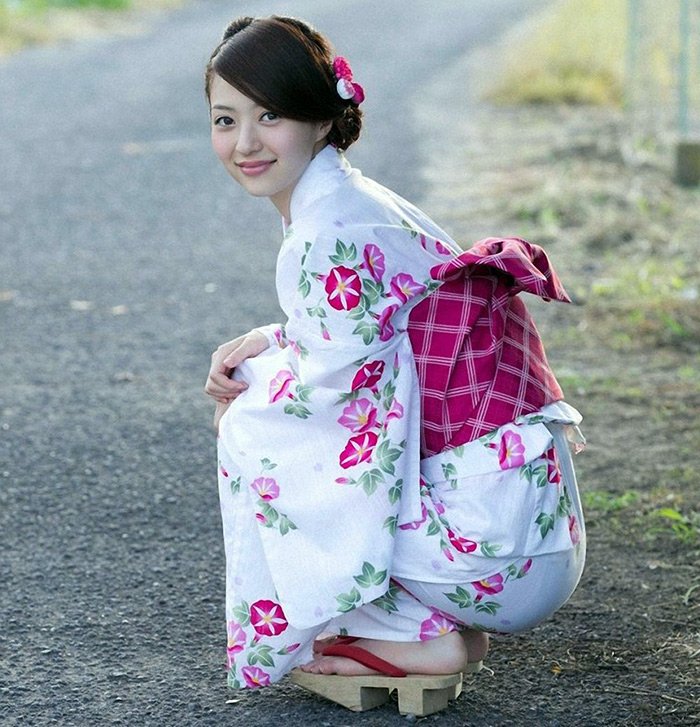
The Japanese style is soft kimonos, flat cut without darts, shiny satin or silk, delicate flowers, embroidered dragons. The basis of the Japanese wardrobe is a tunic-like dressing gown. This type of undergarment is called juban, and a kimono is worn over the juban.
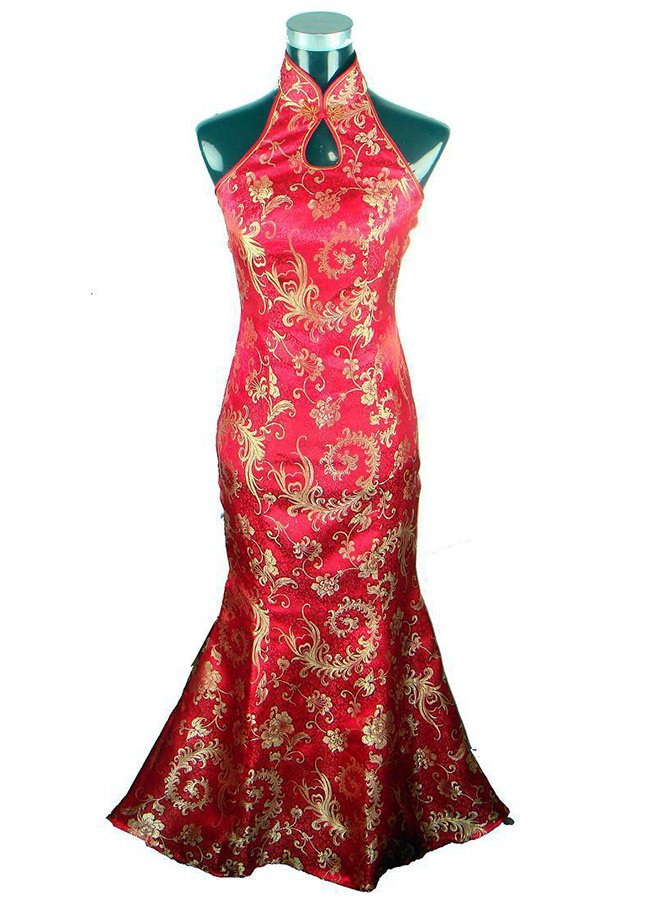
Japanese style dresses
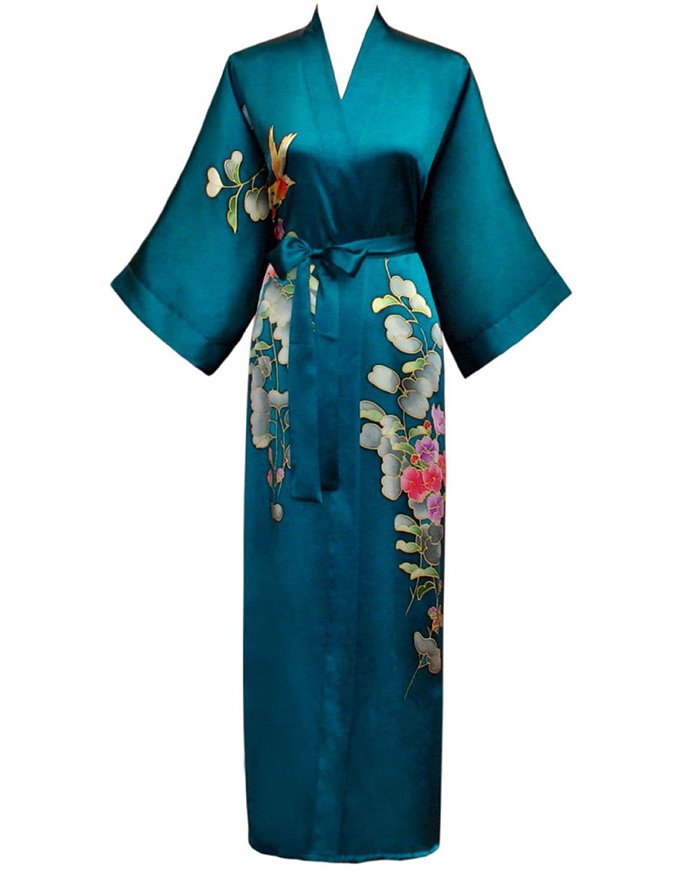
Kimono is a loose zip-up garment with long wide sleeves. To sew a kimono, it once took up to 9 meters of fabric. The sleeves looked like bags. They were often used instead of pockets, since there are no pockets in the Japanese folk costume. Kimono sleeves were of different lengths.
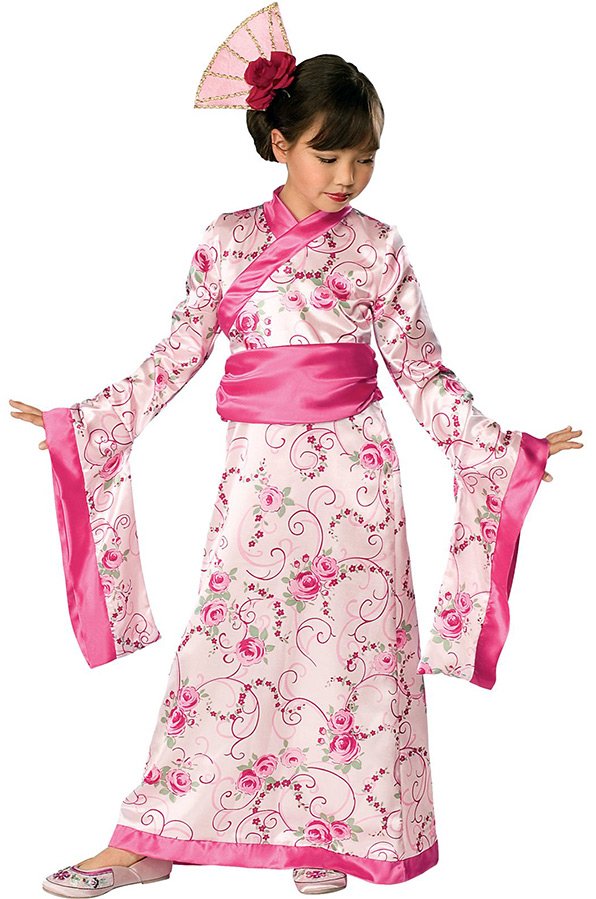
Every modern Japanese woman necessarily has in her wardrobe a traditional silk kimono embroidered with dragons or flowers. Kimono is the national dress of the Japanese, and it is quite expensive. A long wide obi belt is put on over the kimono, which is tied at the back with a huge bow. The belt is up to 20cm wide. But if the kimono has no pockets, where to store the necessary little things that a woman may need? It's very simple - Japanese women store them either in folds. belts - obi, or in the hem of wide sleeves. Kimonos are so revered clothing that for a wedding, Japanese women wear them up to 12 at a time, and they are unusually beautiful. How?! Kimonos are worn one on top of the other, turning the hem of each so that you can see all the previous layers.
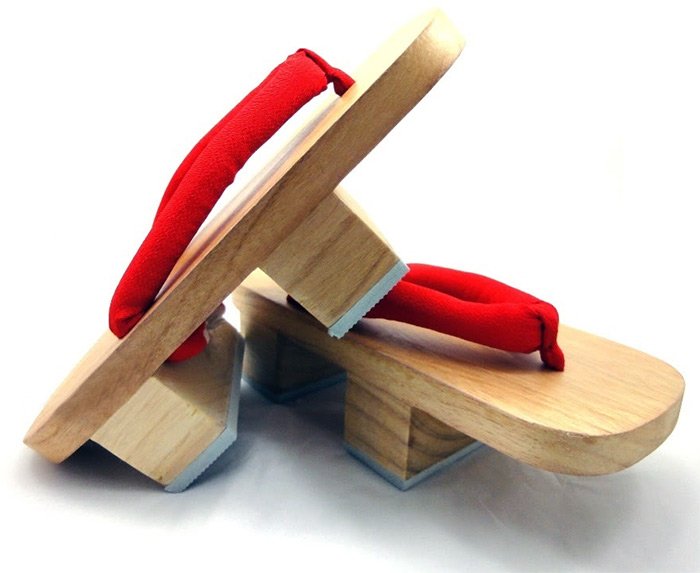
Shoes - geta - wooden shoes resembling a bench, 10cm high. Geta was worn on white socks - tabi with a separate finger cot for the big toe.
Elements of clothing such as kimonos, shoes with ribbons on thick cork or rope soles, fasteners in the form of "eight" loops, ornaments in the form of hieroglyphs, embroidery of birds, dragons and exotic plants - all this adorns the clothes of Japanese women.
With all the variety of prints in the form of abstract patterns or flora and fauna, as well as color solutions in Japanese style clothes, you can see a combination of strength, courage and at the same time fragility, tenderness, femininity and aspiration for the future ... The Japanese are devoted to their traditions, and in from them they draw their strength.
It is in Japan that the attitude to the surrounding landscape is so poetic. The Japanese consider nature as part of a single cosmological picture of the world, in which everything is interconnected and ordered.
Choosing this or that motive, the Japanese strive not only to reproduce visual authenticity (peony, chrysanthemum, iris or pine, cypress, etc.), but also to determine the connection of this image with something even more significant. Falling cherry flowers remind the Japanese of the fragility and variability of human life, blooming chrysanthemums - about longevity, a peony - a symbol of nobility and nobility.Color combinations in clothes have poetic names: blue and green - "bell", white and purple - "plum", white and pink - "peony", pink and green - "peach".
Some flowers and animals symbolize the seasons: plum flowers in the snow - winter; camellia flowers, sakura or willow tree - spring; peony, lotus, cuckoo - summer; chrysanthemum, red maple leaves, deer - autumn. The Japanese attached great importance to the images on their clothes and wore them in accordance with the season.
The most favorite motives are birds, flowers, insects, animals. The ornaments contain both coats of arms (mondocoro) and calligraphic poems. All motives and ornamental elements always carry a secret meaning. For example, a crane is a symbol of prosperity, good luck; birds, butterflies, especially those sitting on flowers - love feelings, suffering; radish - a symbol of strength and power; lotus - chastity; orange - procreation; cherry (sakura) - tenderness; bamboo - stamina and courage; a duck on a rock under a tree - conjugal happiness and loyalty.
One of the most beloved flowers of the Japanese - chrysanthemum, with six petals spread out in a circle, personified the imperial power, the sun illuminating the Land of the Rising Sun
Chrysanthemums were often used on kimono fabrics.
Spring-Summer 2024, Kenzo collection
The famous fashion designer Kenzo made a great contribution to the spread of the Japanese style in clothing.
Japan is, of course, not only kimonos, flowers and embroidered dragons - it is, first of all, the ability to observe and contemplate, to merge with nature, the surrounding world and space. For the Japanese, there have always been and are relevant ideas related to the search for absolute truth. The life of the Japanese is simple, but it is surrounded by beautiful little things. But at first glance, these are trifles. For the Japanese, a silk scroll with a landscape in combination with ikebana in tokonama ("niche of beauty"), which is found in every home, ceramics, mats, various items of applied art and much more are of great importance. All this amazes the imagination of Europeans and delights. Sometimes tourists come to see not the cherry blossoms or the beauty of the stones, but how the Japanese contemplate this beauty.
This natural beauty, so closely related to the outside world, was used by fashion designers of famous brands in their best design works. Most likely, our attention will be attracted by the complex pastel colors and pantsuits made of cotton JW Anderson, Cacharel jackets with a Japanese floral pattern, sakura branches Mulberri, jackets with soft wide belts (obi) Haider Ackermann, short silk Pucci kimonos, Japanese prints and embroidery Etro. The simplicity and naturalness of the Japanese style allows for endless variations, glorifies cheerfulness in a harmonious combination of colors and ornaments.
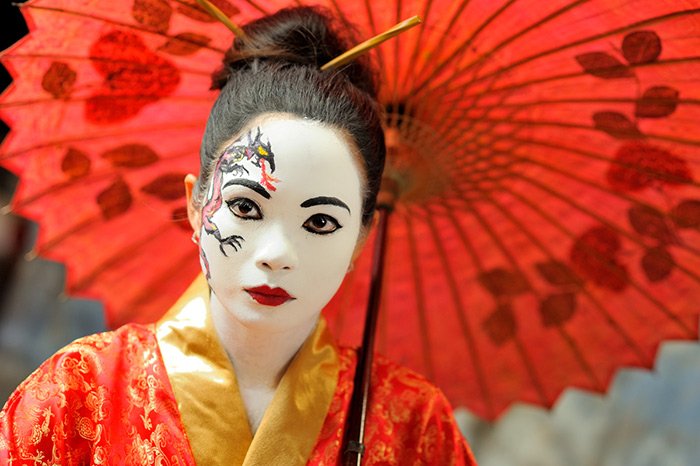
Comments and Reviews
Add a comment
Rating news
Shades of clothing that make women look younger
What shades of hair make women younger: rules and photos
Funny wedding dresses - photos and ideas
12 most expensive down jackets for the winter
How to look 25 at 40: tips from supermodels
Beautiful schoolgirls
Anti-aging haircuts and hairstyles for women
Fashionable skirts for autumn and winter
Fashionable women's trousers for the cold season
Fashionable and stylish sandals for summer 2024
Spring-summer 2024
 Fashionable dresses and tops with thin spaghetti straps
Fashionable dresses and tops with thin spaghetti straps
 Bandana tops: how to wear stylishly and beautifully
Bandana tops: how to wear stylishly and beautifully
 How to put together the perfect men's wardrobe for the summer
How to put together the perfect men's wardrobe for the summer
 Fashionable shorts for spring-summer 2024
Fashionable shorts for spring-summer 2024
 Fashionable skirts for spring-summer 2024: a guide to online shopping
Fashionable skirts for spring-summer 2024: a guide to online shopping
 The most fashionable dresses spring-summer 2024: styles and colors
The most fashionable dresses spring-summer 2024: styles and colors
 Fashionable total look 2024: ideas of images and trends
Fashionable total look 2024: ideas of images and trends
